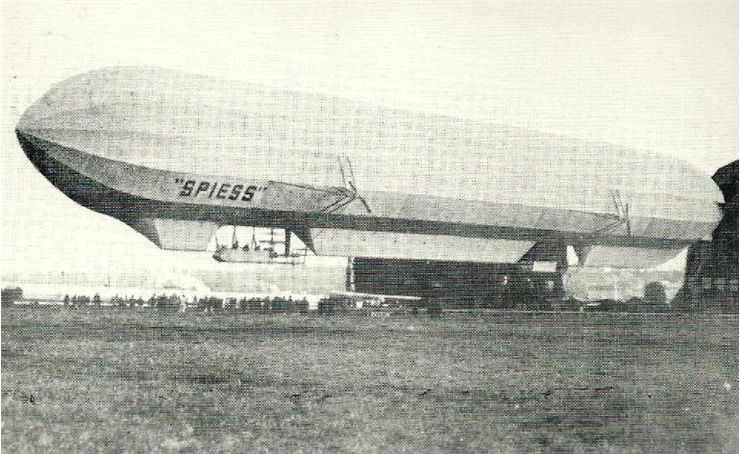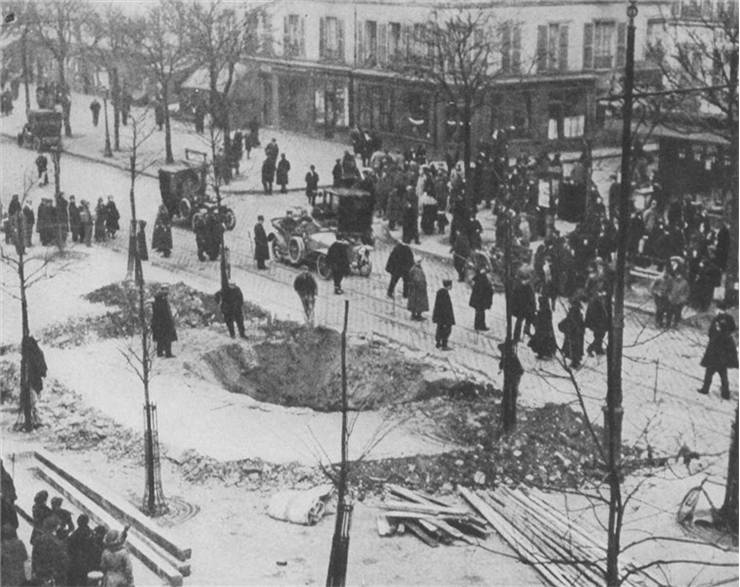History of Rigid Airships - Types and Development
Rigid airship is one of three types of airships characteristic by the fact that maintains its shape even when there is no pressure of the lifting gas that should hold it in the air. This is achieved with rigid envelope that has internal structural framework.
First ideas for rigid airships appeared at the end of the 19th century from many sources. The first design belongs to the Frenchman Joseph Spiess who published plans for a rigid airship in 1873 but was unable to get funding for building one. Somewhere around the same time Count von Zeppelin developed variants of a rigid airship which he recorded in his diary from 25 March 1874 through to 1890. David Schwarz developed his design for a rigid air ship from 1880s until 1892 when he began building one. Zeppelin built his rigid airship in 1900.
Inspired by Zeppelin, British Royal Navy ordered constructing of “His Majesty's Airship No. 1” in 1909 from Vickers Limited at Barrow-in-Furness. It was an airship 156 meters in length that never flew because it break in half from the winds before its maiden voyage after which rigid ships were put on hold in Great Britain. World War I and the war against U-Boats reintroduced rigid airships of whom somewhere made from wood. After the war airships were restated as civilian vessels and more technologically advanced models were made. Some of them were the first aircrafts to make returning crossing of the Atlantic (R34 in July 1919). In 1924 British Government decided to improve communication with the far corners of the British Empire by establishing air routes using airships and before the end of the 1920s built R100 and R101. R101 crashed on its maiden flight to British India in October 1930 and R100 was grounded after that which marked the end of British interest in the rigid airships.
France had one rigid airship named Zodiac XII or SPIESS, designed by engineer Joseph Spiess. It was 113 meters long, and had a diameter of 13.5 meters. It was powered by a single Chenu 200 horse power engine that had two propellers. Its first flight was on April 13, 1913 after which it was redesigned to be longer and have one more engine because original design didn’t give enough lift. After it was given to the French government it was rejected by the French military as ineffective on account of size.
By the beginning of the First World War, Germany had over twenty very large lighter-than-air rigid airships which were until than used for civilian traffic. When the war began they were used for reconnaissance and bombing missions.
United States started building their rigid airships after the World War One. The one of the first was USS Shenandoah (ZR-1) built from 1922 to 1923 at Lakehurst Naval Air Station. The crash “Akron” airship n 4 April 1933 is considered the greatest airship accident ever with over seventy killed. This accident and the crash of the Akron sister ship Macon ended the rigid airship program in U.S.
Crash of the Hindenburg in 1937 and the start of The World War II practically ended the era of the big rigid airship in the world for many years.

